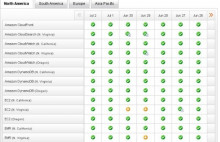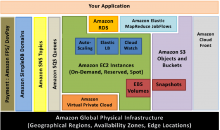Amazon closes security hole, quietly
Amazon has very strict policies in place regarding how users can sign-up to their site and begin making purchases. But what would you do if you needed to change the email address of your account that contained your name, address, credit/debit card details?
What Amazon allowed was for an account holder to call in and change the email address as long as the caller could be identified by name, email address and mailing address. It’s these details that can be easily obtained online.










































































